MARIANI’S
Virtual Gourmet
February
12, 2017
NEWSLETTER
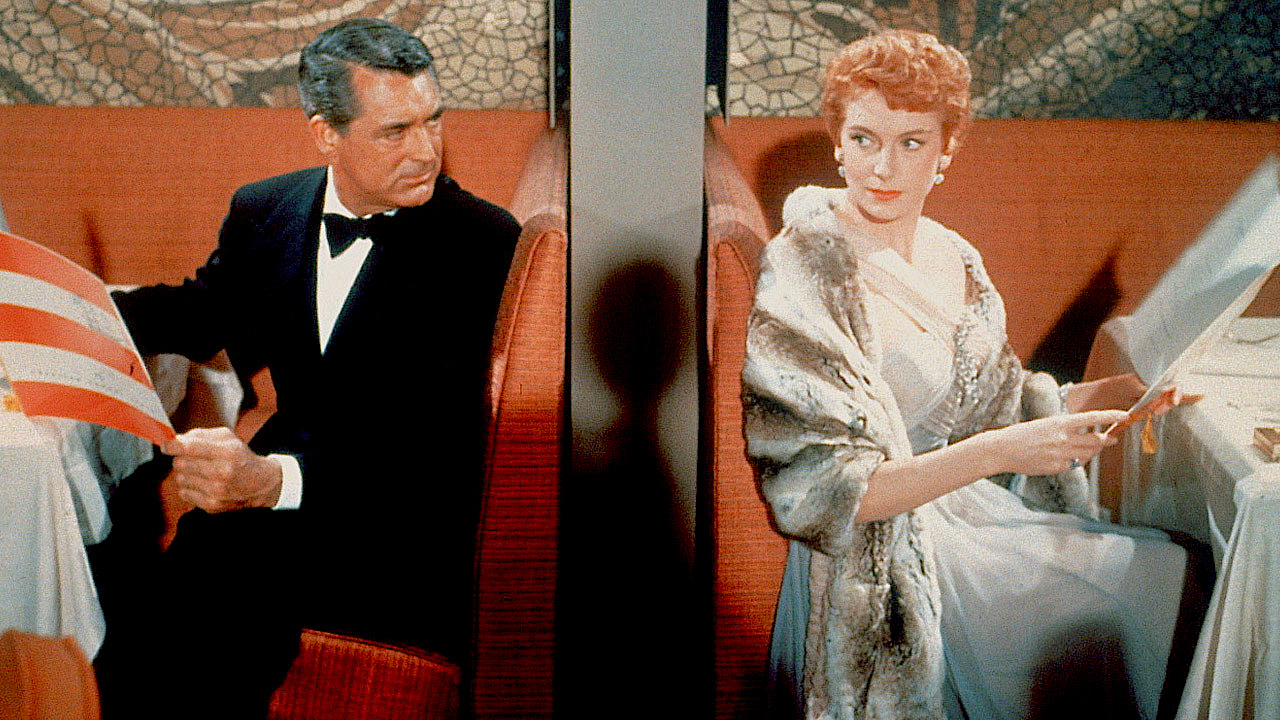
Cary
Grant and Deborah Kerr in "An Affair to Remember"
(1957)
HAPPY VALENTINE'S
DAY!
IN THIS ISSUE
DUBLIN, Part One
By John Mariani
A FAREWELL TO TRADER VIC'S
IN BEVERLY HILLS
By John Mariani
NEW YORK CORNER
THE LEOPARD AT DES ARTISTES
By John Mariani
NOTES FROM THE WINE CELLAR
MORE AND MUCH BETTER BORDEAUX
By John Mariani
❖❖❖
DUBLIN RISES AGAIN
Part One
By John Mariani
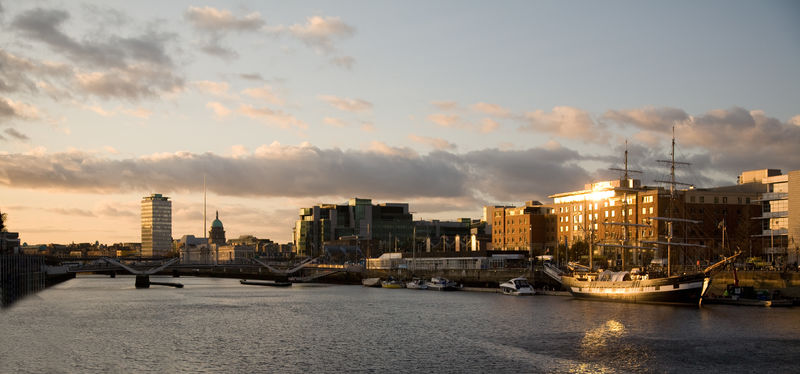
Anyone who has not been
to Dublin in the past five years will find the
old city reborn, yet again. For
after the Celtic Tiger’s growl was reduced to a
meow by the global recession of 2008, plenty of
fingers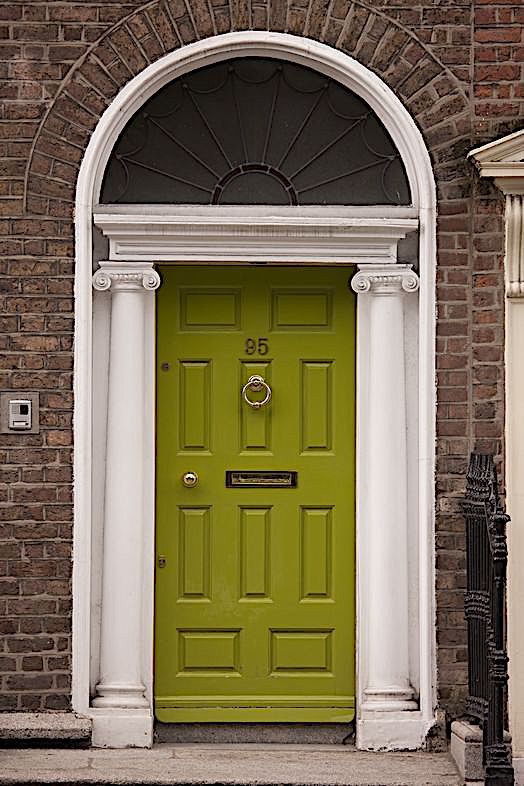 had plenty of targets
to point at for causing the collapse of the
Irish economy.
had plenty of targets
to point at for causing the collapse of the
Irish economy.
It may well be argued that
outside of Dublin the Irish are still not faring
all that well, but walking around Dublin on a
sunny day reveals that the city is booming again.
Of course, the nation’s capital has always been
the driving force for progress, lifting the
economy as a whole, quickly becoming the envy of
many other European nations. And
tourists have responded with enormous enthusiasm,
not least since the euro is now so weak against
the U.S. dollar.
The fact is, American tourists
have always had great affection for Ireland, in
particular Dublin, largely, I think, because of
the importance and effects of its literature and
how its authors—-Jonathan Swift, W.B. Yeats,
Padraic Pearse, Brendan Behan, and many
others—-have always been tied to a rebellious
streak not unlike our own. Ireland,
broken in two, North and South, suffered for so
many centuries under British rule and, as
expressed in Dominic Behan’s ballad “The Patriot
Game,” Dublin’s traitors, as surely as the
British, betrayed their people even as the IRA’s
numbers grew stronger.
 Irish-Americans’ fealty to the Old
Country has never flagged, but now Dublin teems
with visitors from everywhere, so that while The
Four Seasons, Ritz-Carlton and Le Meridien hotels
all closed during the recession, there are now 30
hotels due to open in the city in the next five
years. Most of those already open are packed, and
places outside of Dublin, like Ashford Castle in
Cong, where rooms go for 900 euros per night, are
almost always full.
Irish-Americans’ fealty to the Old
Country has never flagged, but now Dublin teems
with visitors from everywhere, so that while The
Four Seasons, Ritz-Carlton and Le Meridien hotels
all closed during the recession, there are now 30
hotels due to open in the city in the next five
years. Most of those already open are packed, and
places outside of Dublin, like Ashford Castle in
Cong, where rooms go for 900 euros per night, are
almost always full.
Dubliners
will always complain about anything that brings
change to their fair city, bisected by the storied
River Liffey (left);
currently the object of their wrath is the highly
disruptive tram system excavation in the center of
the city. But
along each side of it and along Merrion Square,
Nassau and Grafton Streets, and, happily, on the
north side of the river, new businesses, boutiques
and restaurants are opening (and driving up
rents), while the established businesses, like the
marvelous Sheridan’s
Cheesemongers (below) on St. Anne Street and Kevin & Howlin
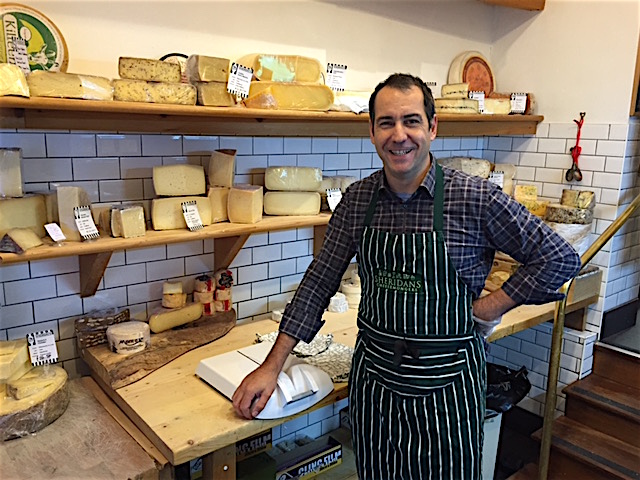 tweed shop (below), have
never been busier with new customers.
tweed shop (below), have
never been busier with new customers.
This last institution, on
Nassau Street, has long been a favorite of mine
when I am in mind to buy a new Donegal tweed
jacket, suit, vest, slacks or scarf, and, while
I’ve seen the prices rise, the quality has never
slacked, and now the tweeds can be had in a
somewhat lighter weight wool than in those days
when central heating was all but unknown in
Dublin. Wearing
one of the traditional weight tweeds meant you
could endure anything the Irish weather gods could
throw at a man, requisite for everything from
hunting grouse to herding sheep.
I will have more to say about
the hotels and restaurants in other articles, as
well as mention of a good pub or two, but for now
let me speak of the attractions of this
beautifully restored city of Dublin, beyond the
inevitable—-and very impressive—-state-of-the-art
tour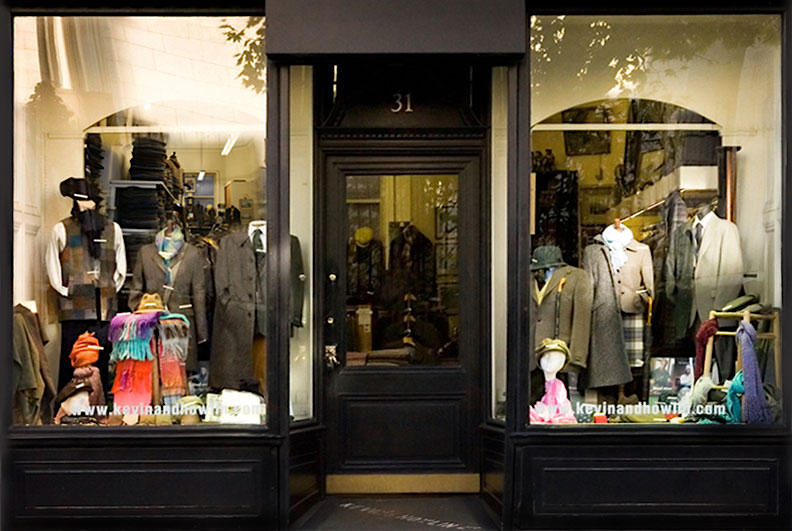 of the Guinness Storehouse, with its
vast, panoramic view of the city. There is also an
Irish Whiskey
Museum on Grafton Street worth a visit.
The best way to get around town is with a Hop-on/Hop-off
bus ticket, which is always available at a
discount if you book on-line.
of the Guinness Storehouse, with its
vast, panoramic view of the city. There is also an
Irish Whiskey
Museum on Grafton Street worth a visit.
The best way to get around town is with a Hop-on/Hop-off
bus ticket, which is always available at a
discount if you book on-line.
Incidentally,
I inquired, relentlessly, about those famous gaily
painted Georgian townhouse doors along Merrion
Street (above),
a poster of which hangs in every Irish pub in
America. After
getting fanciful stories, I was finally
enlightened by a ruddy-faced scholar at the Irish Georgian
Society on South Williams Street, whose
knowledge of every brick in the city was daunting.
He said that once all those doors were painted
black—-the cheapest color of paint in the 19th
century. Then,
in the 1960s, Valvoline Paints asked residents to
paint their doors using the company’s new
resilient outdoor colors-—they donated the paint,
 of
course—-and in 1970 New York’s Irish Tourism
offices featured a collage in their windows that
became so popular that the head of the tourist
board commissioned what became the iconic poster.
(Oddly enough, many of those doors have gone back
to black, I found.)
of
course—-and in 1970 New York’s Irish Tourism
offices featured a collage in their windows that
became so popular that the head of the tourist
board commissioned what became the iconic poster.
(Oddly enough, many of those doors have gone back
to black, I found.)
I hardly need to tell any
prospective visitor about the requisite stops like
the majestic
Trinity College, with its magnificent
Library (right),
which houses the Book of Kells; the National Museum
and National
Gallery; St. Patrick’s Cathedral (where
Jonathan Swift was Dean); Dublin Castle;
and Temple Bar,
with its youthful buoyancy evident in every pub,
pizzeria, and boutique, makes for a morning’s
stroll. Also, there’s the fine Gallery of
Photography. Dublin’s
principal public garden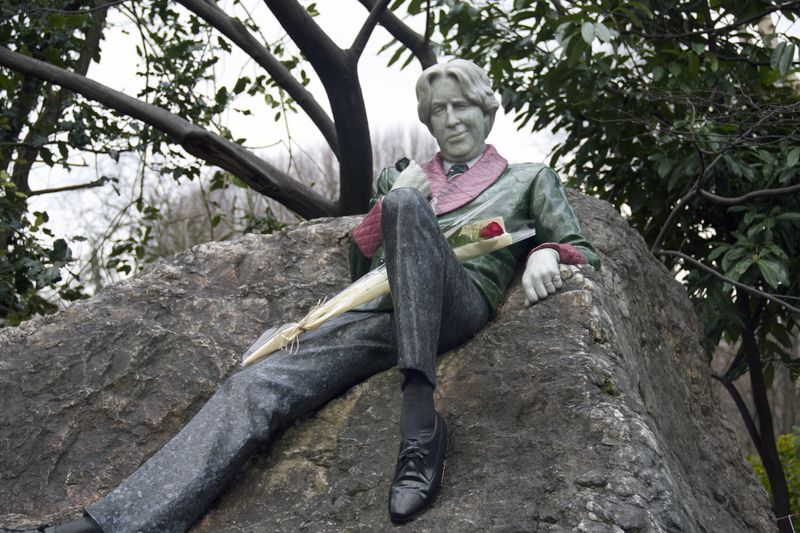 is Merrion Square,
now more beautifully kempt than ever, with a
statue of a lounging Oscar Wilde giving the
passersby what is either a wry smile or a critical
smirk (left).
is Merrion Square,
now more beautifully kempt than ever, with a
statue of a lounging Oscar Wilde giving the
passersby what is either a wry smile or a critical
smirk (left).
Dublin’s food sector is now so
large and diverse I would highly recommend taking
on the three-hour, guided Fabfoodtrail, on
which you’ll visit bakeries, food halls like Fallon & Byrnes,
cheesemongers, wine shops, the cavernous Covered
Market between Drury and South Great George
streets, and the Powerscourt
Townhouse (below), which dates back to
1774, now with 40 fashion, antique, 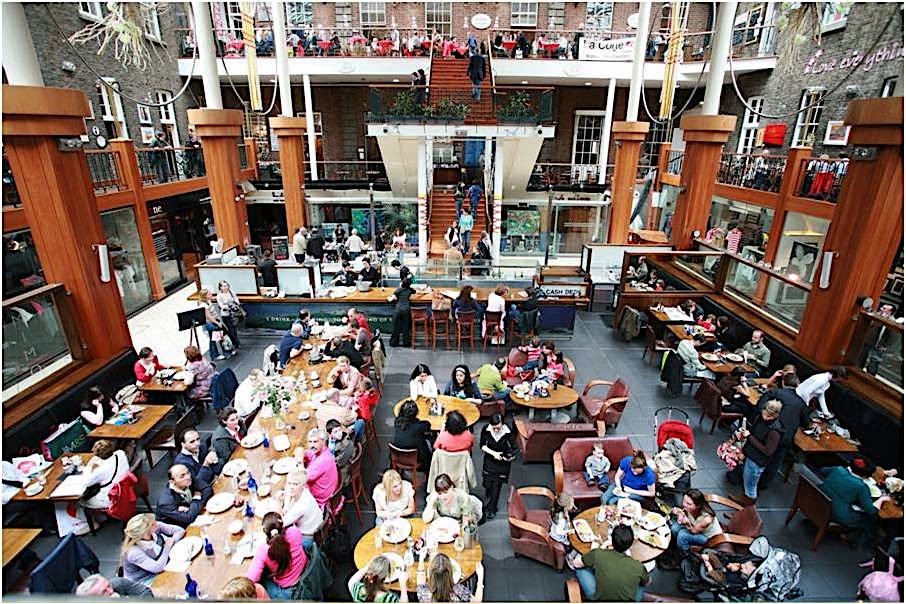 jewelry
and food shops.
I’m particularly fond of The Pepper Pot
there, known for organic products, soups, seasonal
tarts—-even the bagels are good—-and the very best
buttery scones in Dublin.
jewelry
and food shops.
I’m particularly fond of The Pepper Pot
there, known for organic products, soups, seasonal
tarts—-even the bagels are good—-and the very best
buttery scones in Dublin.
My real
surprise on my recent trip was to find Dublin
north of the Liffey, across the quaint Ha’Penny Bridge
(below),
coming to life so quickly, for while there are
still derelict streets—-not to mention bullet
holes in the walls left over from the Easter
Rebellion of April 1916—-its main thoroughfare,
O’Connell Street, is changing into a vibrant
shopping venue, with many historic buildings saved
from destruction by being transformed, as was the
old St. Mary’s Church, now a vast pub and
restaurant called The Church, where you may pat
the bronze pate and drink to the name of beermaker
Arthur Guinness.
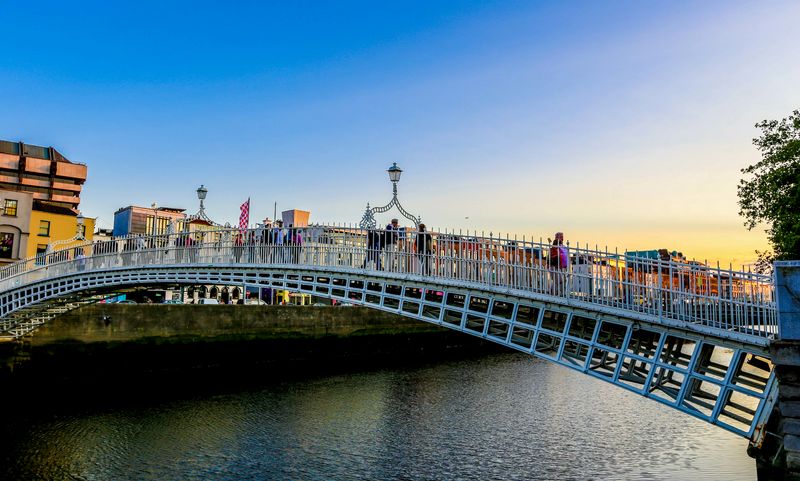 Farther along
there is now the 390-foot stainless steel Spire of Dublin,
which no one sees the significance of beyond
replacing an 1809 pillar topped with British
Admiral Horatio Nelson, whom the Irish loathed and
who the prescient Irish poet Louis MacNeice said
was “watching his world collapse.”
Farther along
there is now the 390-foot stainless steel Spire of Dublin,
which no one sees the significance of beyond
replacing an 1809 pillar topped with British
Admiral Horatio Nelson, whom the Irish loathed and
who the prescient Irish poet Louis MacNeice said
was “watching his world collapse.”
And, if you wish to learn the
history of the doomed Easter Rebellion, you must
visit the splendid General Post Office, now
restored, but during those violent days
commandeered as a rebel stronghold from whose
steps Patrick Pearse read the Proclamation of the
Irish Republic, just before the British began
shelling the building. Today there is a recreation
of the activities that day in what looks like a
little boy’s playhouse (below), with wooden figures and
cannons and Proclamation sheets strewn in the
street, 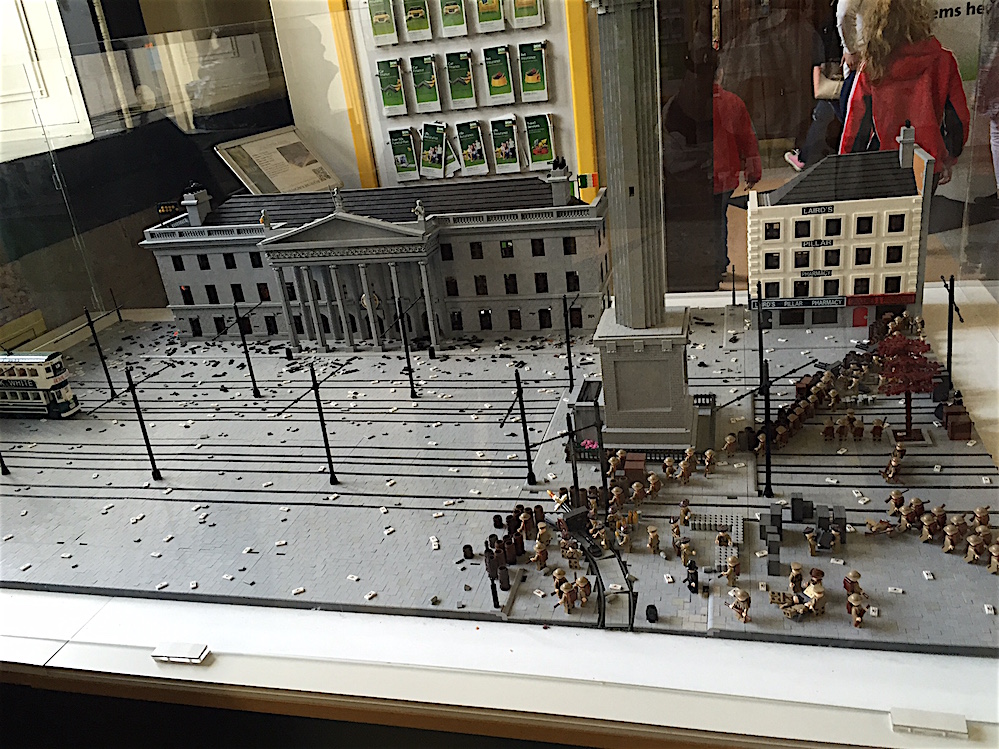 a
quiet reconstruction with echoing voices
sounding in the great postal hall of a day when, in Yeats’s
famous phrase, “A terrible beauty was born.”
a
quiet reconstruction with echoing voices
sounding in the great postal hall of a day when, in Yeats’s
famous phrase, “A terrible beauty was born.”
Like
so many Dubliners, Louis MacNeice, born in
Belfast, saw Dublin as a city constantly in flux
between “the glamour and the squalor,/The bravado
of her talk.” That is still true today, perhaps
more than ever, for as the city is built and paved
and scrubbed and lain with tram rails, bravado has
given way to a justified pride that it is a free
city of a free people whose current Millennial
generation knows little of the time of the
troubles past while keeping a hopeful eye on the
future.
I
used to think a visitor could get to know Dublin
well in three days. Now that would barely cover
the city south of the Liffey. No one
who now comes to Dublin really wants to leave any
time soon.
For info on Dublin
go to www.ireland.com.
❖❖❖

A
FOND FAREWELL
TO TRADER VIC'S
IN
BEVERLY HILLS
By
John Mariani
I
can’t say I was ever a regular at any of the
Trader Vic’s restaurants around the world,
which, until this week, had 19 locations from
Atlanta to Abu Dhabi, but I was always happy at
the thought of going to one. They
were designed to be pure fun, but, contrary to
their kitschy décor, they had very good
faux-Polynesian food long before anyone was
doing Pan-Asian cuisine.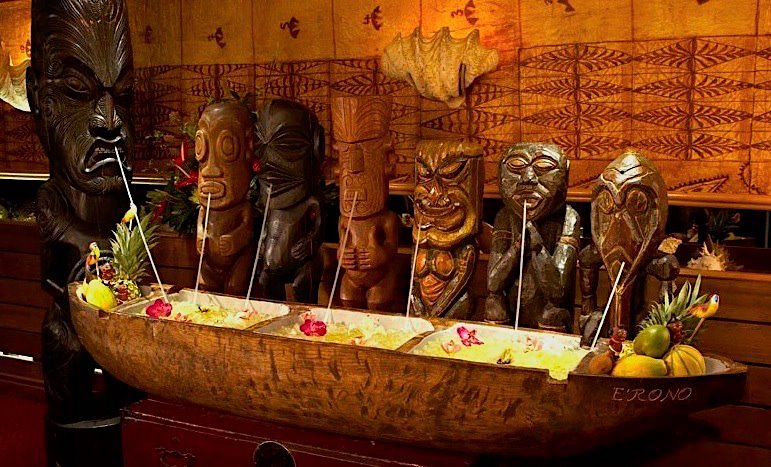
Sadly, the Beverly Hills branch of Trader Vic’s,
resident in the Beverly Hilton Hotel, closed last
week after 62 years. In its heyday, as in the
original San Francisco flagship--where even Queen
Elizabeth once dined, in 1983--and the NYC
location in the Plaza Hotel, the Beverly Hills TV
was a requisite stop not just for tourists but for
generations of celebrities and what used to be
called high society, not least on Sunday evenings,
when their usual swank hang-outs were closed.
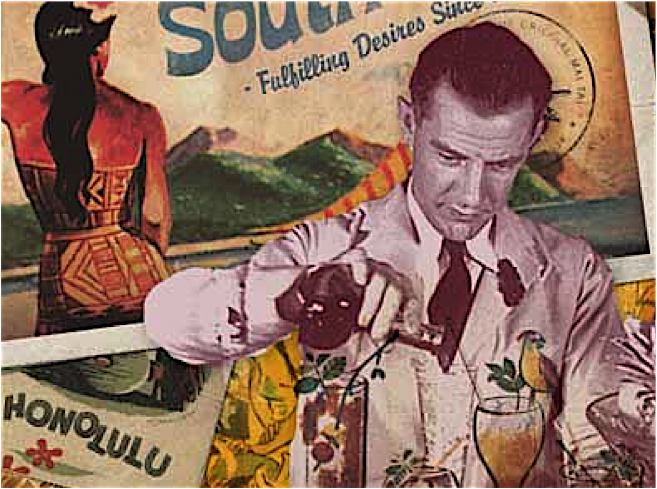 The décor
was part of what became known as Tiki culture,
which transformed simplistic ideas of bamboo
furniture, woven palm leaves, sculpture, war
canoes and totems into a version of Populuxe
design. So,
too, the food, much of it cooked in specially
crafted Chinese ovens, mimicked dishes based on
Hawaiian, Chinese, and Malaysian food and
ingredients, including creations like crab
Rangoon, terrific barbecued pork ribs and coconut
prawns. Rum
cocktails like the mai tai,
invented at TV, were the specialties, some served
in ceramic cups shaped like skulls. The menu
covers featured cartoons of topless Polynesian
girls straddling rum barrels at luaus. It was
all a hoot.
The décor
was part of what became known as Tiki culture,
which transformed simplistic ideas of bamboo
furniture, woven palm leaves, sculpture, war
canoes and totems into a version of Populuxe
design. So,
too, the food, much of it cooked in specially
crafted Chinese ovens, mimicked dishes based on
Hawaiian, Chinese, and Malaysian food and
ingredients, including creations like crab
Rangoon, terrific barbecued pork ribs and coconut
prawns. Rum
cocktails like the mai tai,
invented at TV, were the specialties, some served
in ceramic cups shaped like skulls. The menu
covers featured cartoons of topless Polynesian
girls straddling rum barrels at luaus. It was
all a hoot.
TV was founded
by Jules Victor Bergeron Jr. (left), born
in 1902 in San Francisco to a
French-Canadian hotel waiter, who gave his son a
taste for the business. Contrary to Bergeron’s story
that he lost his left leg to a shark, actually it
had been amputated when he was six years old to
prevent his dying from tuberculosis of the knee.
Borrowing
$500 in 1934, he opened a small saloon in Oakland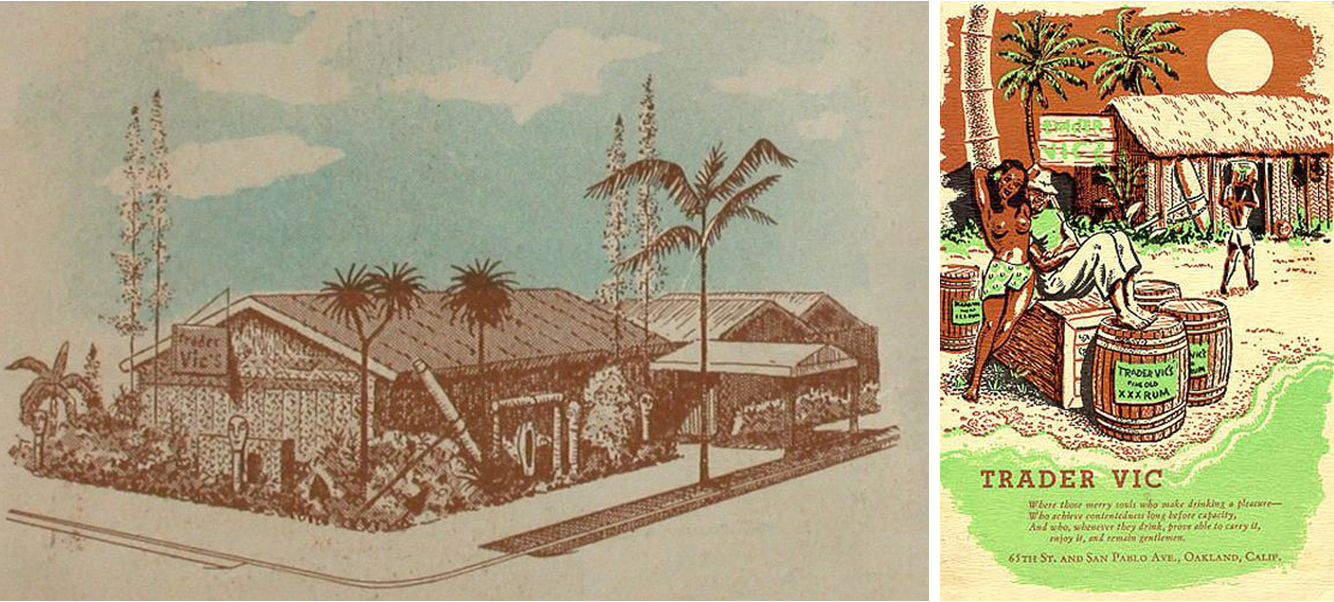 he called
a “glorified beer parlor” named Hinky Dink’s,
which two years later evolved into Trader Vic’s (right), with
a pseudo-Polynesian décor based on what he’d seen
while sailing through Polynesia.
he called
a “glorified beer parlor” named Hinky Dink’s,
which two years later evolved into Trader Vic’s (right), with
a pseudo-Polynesian décor based on what he’d seen
while sailing through Polynesia.
The
restaurant
thrived, particularly among servicemen in World
War II, for whom Bergeron smuggled liquor on board
supply ships bound for the South Pacific. So
popular was the place that Bergeron began
franchising his restaurants in 1940, first in
Seattle, then in Hawaii. In 1951 he opened a unit in
San Francisco that became the flagship of the
chain, which grew at its height to 25 locations.
My own fondness for TV was based on two
disparate experiences. Back in 1977, at the San
Francisco location (now closed), I almost got into
a fight with a parking valet in the lot, which was
a novel moment. The second was at the NYC location
a few years back, when William Randolph Hearst Jr.
(I was writing for Hearst magazines back then)
hosted the restaurant’s closing night dinner with
friends who had a history at the place. It was
both a sad and happy night to reminisce. All I
really remember was that Hearst tipped the men’s
room attendant a quarter.
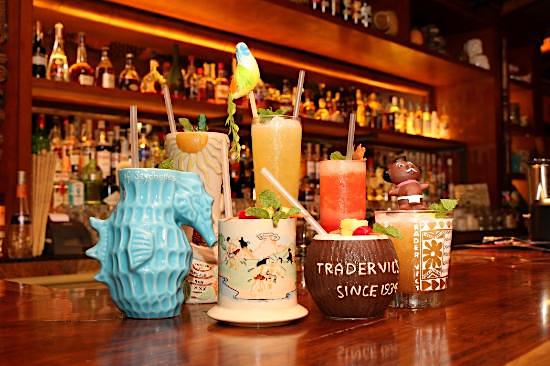 So,
if you’ve never been to a TV, you still have
plenty of options, most in Asia these days, but
you can’t replicate the glamour and frivolity of
the two California locations and the one in NYC,
where you could be as star struck by the arriving
guests as by the over-the-top giddiness of the
evening and jungle drums. Sitting
and sipping a mai tai under the gaze of a Tahitian
totem pole was as much fun as any restaurant at
any amusement park.
And don’t think Walt Disney didn’t know it
when he put the Enchanted Tiki Room in his own.
So,
if you’ve never been to a TV, you still have
plenty of options, most in Asia these days, but
you can’t replicate the glamour and frivolity of
the two California locations and the one in NYC,
where you could be as star struck by the arriving
guests as by the over-the-top giddiness of the
evening and jungle drums. Sitting
and sipping a mai tai under the gaze of a Tahitian
totem pole was as much fun as any restaurant at
any amusement park.
And don’t think Walt Disney didn’t know it
when he put the Enchanted Tiki Room in his own.
❖❖❖
By John Mariani
THE LEOPARD AT DES ARTISTES
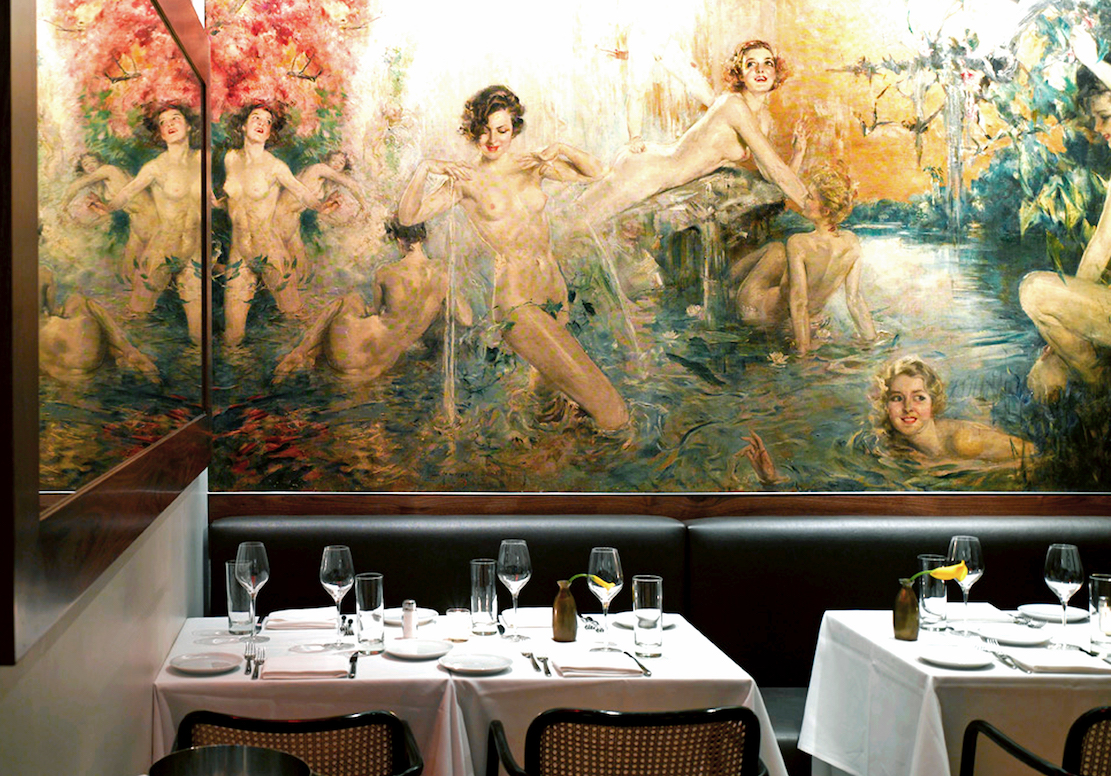
"The Fountain of Youth" by Charles Dana Gibson
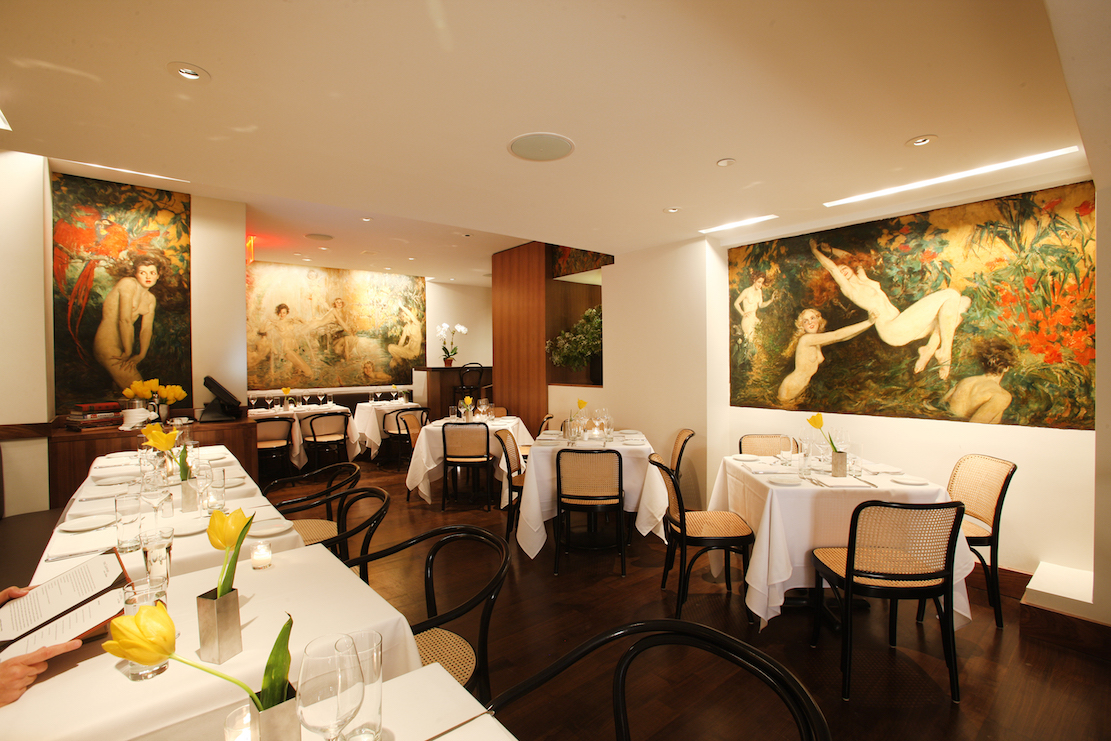 For decades the restaurant
was called the Café des Artistes, and when it closed
there were fears it would never again be a dining
room, and even the murals were under siege.
Fortunately, veteran restaurateurs Gianfranco (below) and
Paula Sorrentino, who also own Il Gattopardo
and Mozzarella
& Vino across from the MOMA, took over the
space, buffed everything to a new sheen, carefully
lighted the room and returned it to one of the most
elegant restaurants in NYC as The Leopard at des
Artistes, which evokes the Sicilian prince of the
novel of the same name by Giuseppe di Lampedusa.
For decades the restaurant
was called the Café des Artistes, and when it closed
there were fears it would never again be a dining
room, and even the murals were under siege.
Fortunately, veteran restaurateurs Gianfranco (below) and
Paula Sorrentino, who also own Il Gattopardo
and Mozzarella
& Vino across from the MOMA, took over the
space, buffed everything to a new sheen, carefully
lighted the room and returned it to one of the most
elegant restaurants in NYC as The Leopard at des
Artistes, which evokes the Sicilian prince of the
novel of the same name by Giuseppe di Lampedusa.
Gianfranco Sorrentino (right)—he’s the
one in the pin-striped suit and the artfully
flopping shirt collar—is from Naples, with 30 years
in the business. Chef Vito Gnazzo, also in the
kitchen at Il Gattopardo, is a partner. He hails
from Sicily, whence come many of his recipes, and a
good way to appreciate his cooking is with the $50,
three-course “A Taste of the Leopard” menu, with
wine pairings at an additional $30.
But the
extensive à la carte menu, which is seasonal, shows
much, much more, beginning with luscious antipasti
like grilled butternut squash with winter wild
radicchio salad, garnished with pomegranate seeds
($18); an unusual eggplant “in tegamino”
oozing with caciocavallo Ragusano and stracciatella
cheeses ($18);
grilled octopus with heart of escarole salad,
celery, Castelvetrano olives and pickled onions
($19); or a lavish board of Italian salumi and
cheeses, chicken liver crostini and
organic vegetables alla
giardiniera ($28).
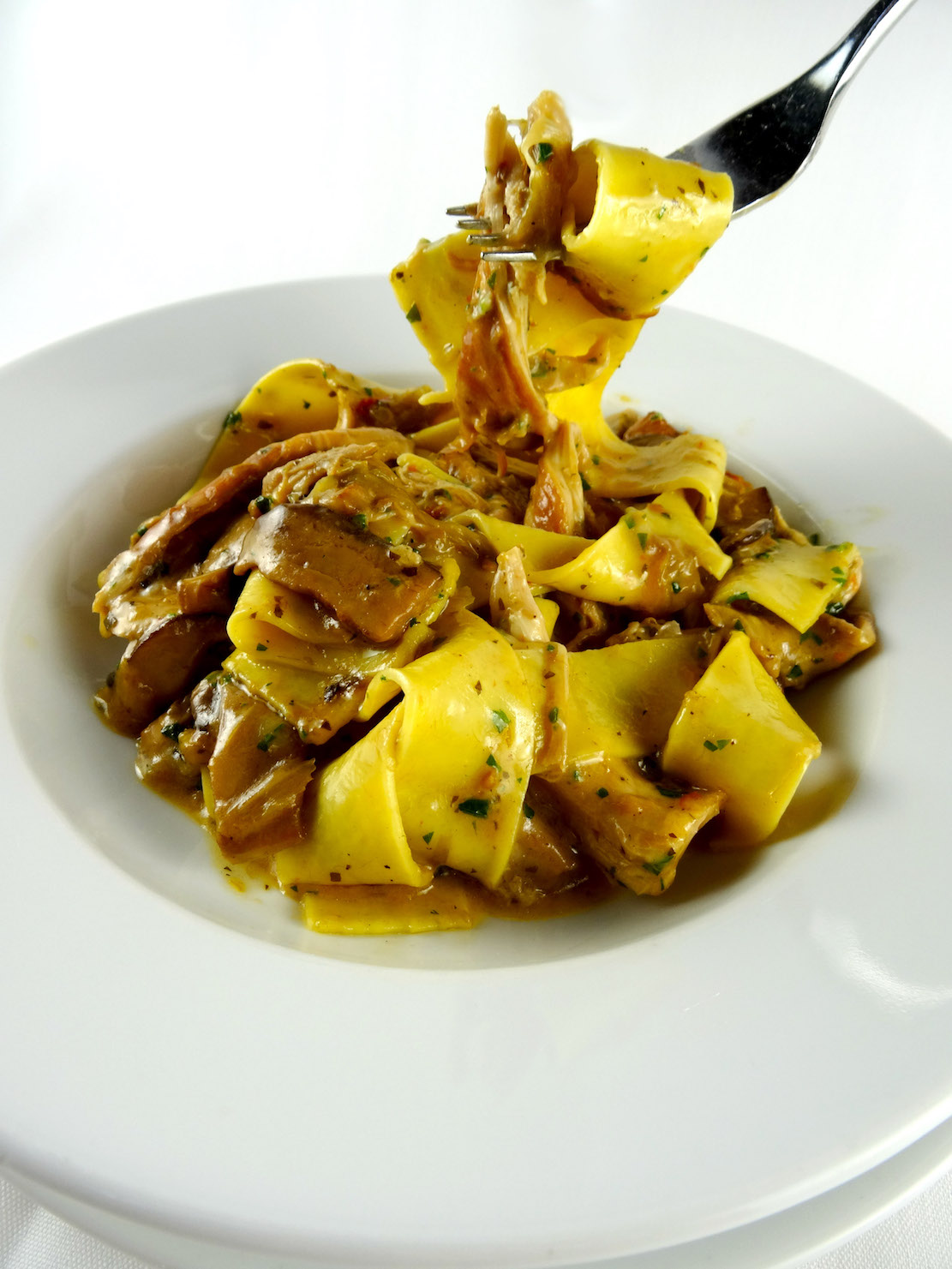 Housemade pastas—eight
each night—are always outstanding, from the fat agnolotti filled
with
creamy ricotta and sweet Italian pumpkin in a walnut
and butter sauce ($26) to an impeccably made
Sicilian classic—rigatoni alla Norma in tomato sauce,
with sautéed eggplant and aged ricotta cheese ($23). The
flattened pasta tubes called paccheri come
with
a lusty “Genovese” sauce of beef, onion and white
wine ($26); matagliati
(left), a
Modena pasta, are lavished with wild game and porcini mushroom
ragù
($27), and Gnazzo does a great Roman dish,
too—spaghetti alla
carbonara (right)
with guanciale, egg yolk, Pecorino Romano and
cracked black pepper ($23).
Housemade pastas—eight
each night—are always outstanding, from the fat agnolotti filled
with
creamy ricotta and sweet Italian pumpkin in a walnut
and butter sauce ($26) to an impeccably made
Sicilian classic—rigatoni alla Norma in tomato sauce,
with sautéed eggplant and aged ricotta cheese ($23). The
flattened pasta tubes called paccheri come
with
a lusty “Genovese” sauce of beef, onion and white
wine ($26); matagliati
(left), a
Modena pasta, are lavished with wild game and porcini mushroom
ragù
($27), and Gnazzo does a great Roman dish,
too—spaghetti alla
carbonara (right)
with guanciale, egg yolk, Pecorino Romano and
cracked black pepper ($23).
As I’ve often mentioned, the
antipasti and primi
courses are usually the most enticing in Italian ristoranti,
but at The Leopard, main courses are every bit as
savory, from quickly grilled lamb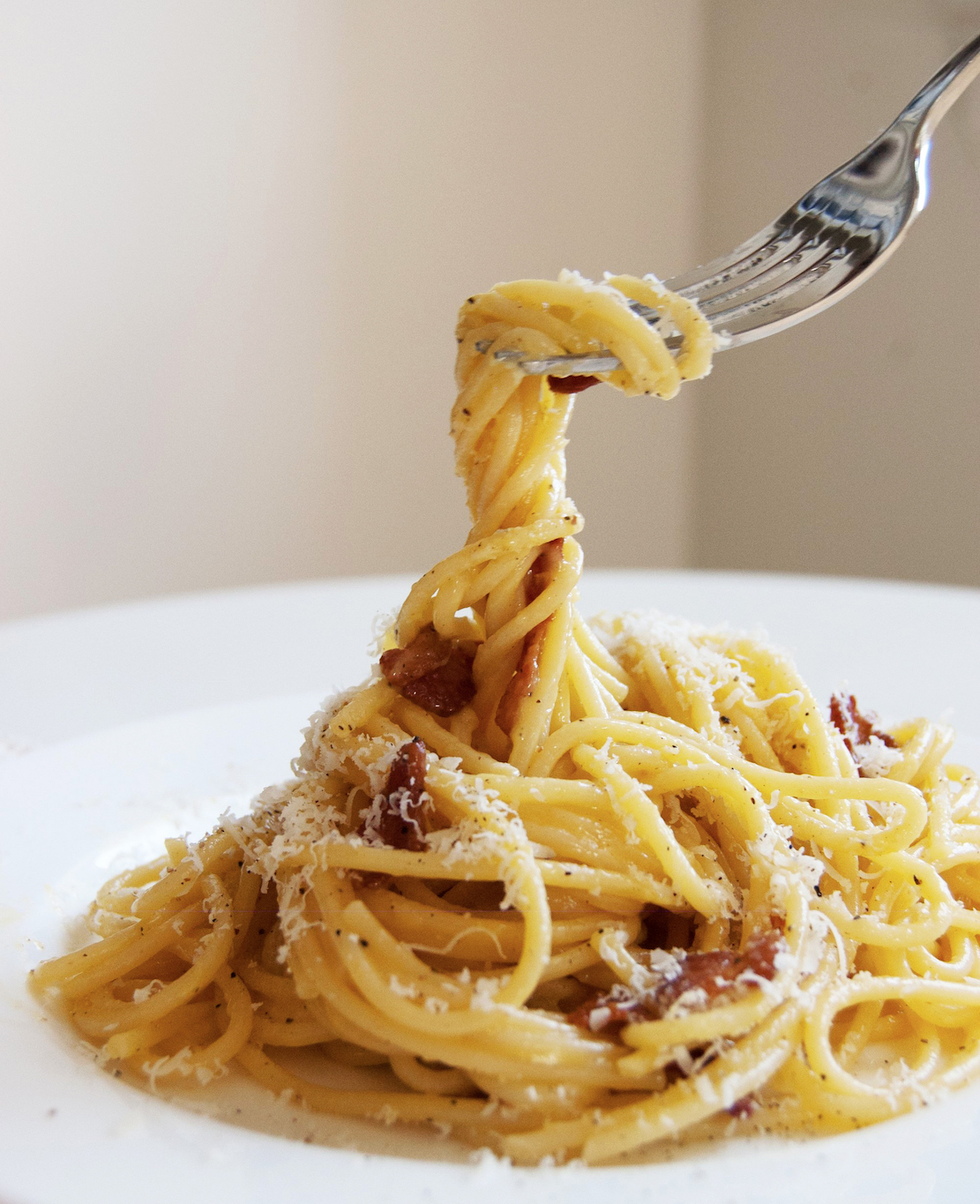 chops “scottadito”
(finger burner) scented with tarragon and served
with roasted potatoes and sautéed mushrooms ($49)
to a flattened, breaded veal chop alla Milanese
with organic arugula salad, oven dried cherry
tomatoes and pearl onions (quite expensive at $54).
chops “scottadito”
(finger burner) scented with tarragon and served
with roasted potatoes and sautéed mushrooms ($49)
to a flattened, breaded veal chop alla Milanese
with organic arugula salad, oven dried cherry
tomatoes and pearl onions (quite expensive at $54).
Pan-seared,
rosy duck breast is done in a rolled “porchetta”
style (below)with
fennel pollen, cipollini with aged balsamic vinegar,
pickled raisins and peppery vegetable caponata
($42). The
only disappointing dish I had was Sicilian couscous
with shellfish ragout, served in a skillet ($36); it
was a bit dry and needed more seasoning.
The very fact that The Leopard
offers eight desserts indicates they will not be the
usual clichés.
All of them are impressive and show a
Sicilian hand in dolci like
almond frangipane tart of seasonal fresh fruits 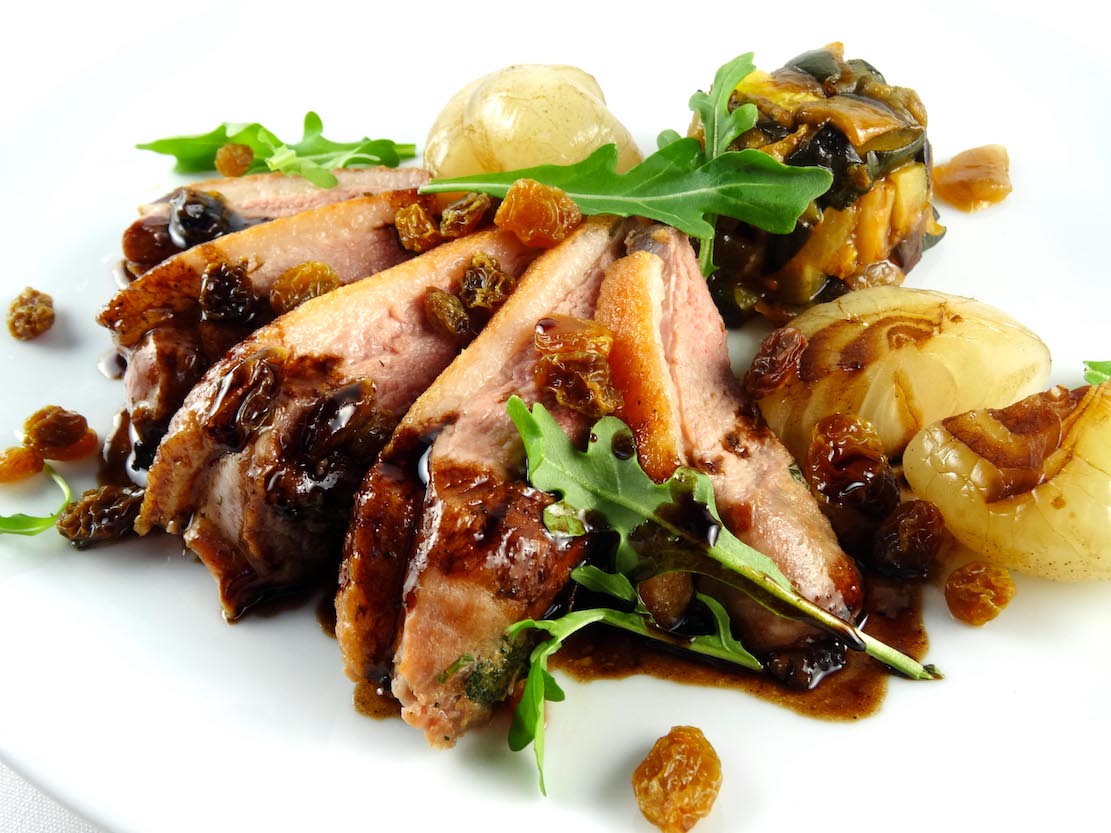 on vanilla
custard ($13); a traditional torta di
mascarpone “tiramisù” style ($14); bigné
fried pastry puffs are filled with hazelnut cream
and wild berry sauce ($14), and a Nutella chocolate
mousse comes with hazelnut crunch and banana gelato
($13); chestnut and ricotta semifreddo
with chocolate sauce is perfectly rendered ($14),
and if you want the whole show, they do a
traditional whipped-up zabaione with
fresh mixed berries ($18). And here is a restaurant where
the espresso will be made short and rich.
on vanilla
custard ($13); a traditional torta di
mascarpone “tiramisù” style ($14); bigné
fried pastry puffs are filled with hazelnut cream
and wild berry sauce ($14), and a Nutella chocolate
mousse comes with hazelnut crunch and banana gelato
($13); chestnut and ricotta semifreddo
with chocolate sauce is perfectly rendered ($14),
and if you want the whole show, they do a
traditional whipped-up zabaione with
fresh mixed berries ($18). And here is a restaurant where
the espresso will be made short and rich.
The wine list is excellent, built
around artisanal wineries, and for once the white
wines, like the superb Trebbiano D’Abruzzo “Altare”
Marramiero, match the refinement of the better-known
reds.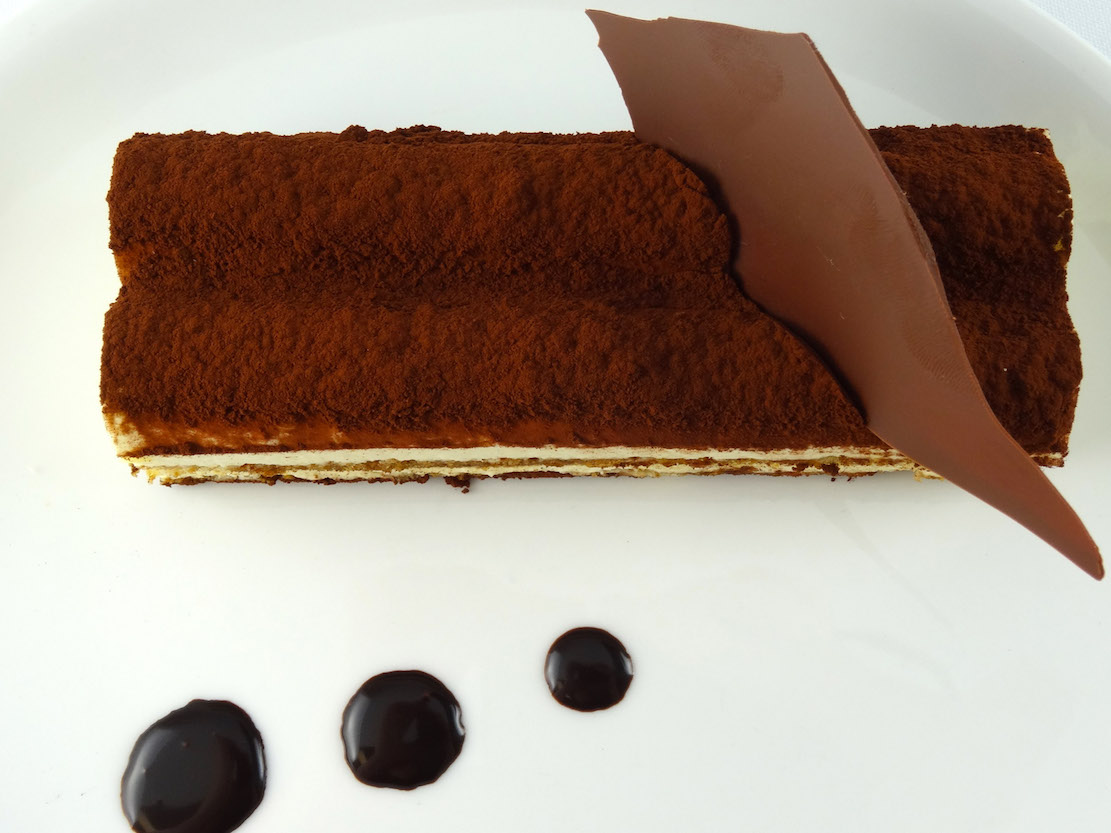
The
Leopard is, by the way, conveniently down the street
from Lincoln Center and a little south of the Beacon
Theater, so it’s perfect before or after the
entertainment, and weekend brunches are always
packed before the matinees. Whenever
you go, Gianfranco and Paula make sure you relax,
eat well and enjoy their sophisticated hospitality
without a flicker of pretension. For this
is Italian fine dining, a true ristorante
not a trattoria, and nowhere will you find such
lovely women looking over you from a forest,
tempting but never taunting, enchanting and as young
as they will always be.
The Leopard at Des Artistes is open
for dinner nightly and brunch Sat. & Sun.
The Leopard at des Artistes
1 W 67th Street (near
Central Park West)
212-787-8767
❖❖❖
MORE AND MUCH
BETTER BORDEAUX
By John Mariani
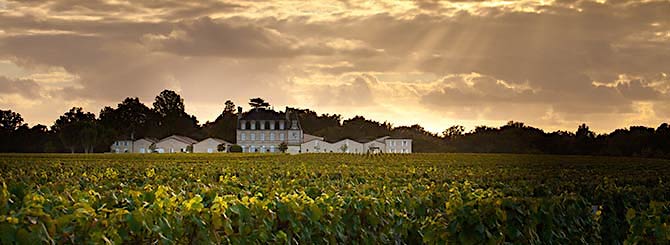
Château Grand Puy Lacoste
 I will readily
admit to being a Francophile over a wide range
of topics—history, art, architecture, land- and
seacape, food and, not least, wine, which is
something of a first love because when I was in
my salad days it seemed appropriate to drink
French wine, after getting over a transient
infatuation with Mateus Rosé, Blue Nun
Liebfraumilch and Bolla Soave.
I will readily
admit to being a Francophile over a wide range
of topics—history, art, architecture, land- and
seacape, food and, not least, wine, which is
something of a first love because when I was in
my salad days it seemed appropriate to drink
French wine, after getting over a transient
infatuation with Mateus Rosé, Blue Nun
Liebfraumilch and Bolla Soave.
Of course, back then a bottle
of Château Lafite-Rothschild would run me $7.50 (I
split the cost with a college buddy), and I
savored every drop of it, truly realizing that
this was very superior stuff to what I’d been
cavalierly drinking before. So, within the bounds
of my budget, I drank Bordeaux—basic appellations,
many with a “Monsieur Henri Selection” or “Frank
Schoonmaker Selection” sticker on the label.
By the late 1970s, though, not
only was more and more interesting wine coming in
from Italy, but the California wine revolution was
in full swing, given an enormous boost by the
blind match-up of California cabs against French
Bordeaux at the so-called “Judgment of Paris”
tasting of 1976 (below),
when the former beat out some of the latter in
overall points.
As open as I was to persuasion, I had by
then developed what a West Coast wine writer said
was my “East Cost palate,” meaning French and
Italian wines. (I hadn't the heart to tell him
he'd lost his palate drinking high alcohol
California fruit bombs.)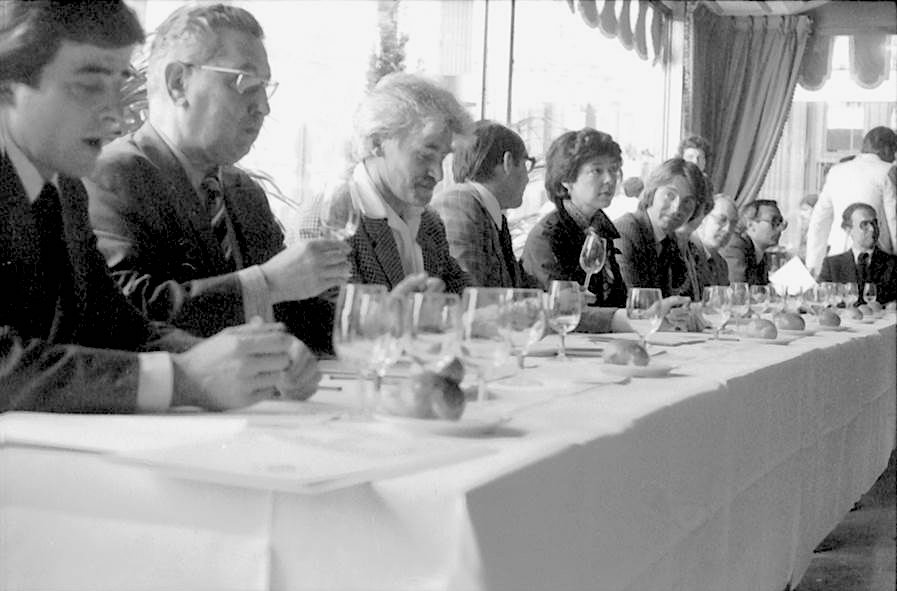
The problem was, as my interest
in wine and wineries grew, the really good
Bordeaux soared out of reach in price, and even
lesser crus were getting hard to justify on an
everyday basis.
Of course, today, Bordeaux’s top wines—the
First Growths, Pétrus, Château d’Yquem—are beyond
most wine lovers’ budgets, though the Bordelais
seem quite happy selling the crème de la crème for
hundreds of dollars in good times and bad, strong
and weak vintages.
The idea was that, if the Americans didn’t
buy the best wines, the Japanese, then the
Russians, then the Chinese would.
This,
however, did little to help the not-so-famous
labels from wineries hundreds of years old keeping
proud traditions of Bordeaux blending alive,
despite sagging sales. Stupidly, those same
wineries believed that by raising the prices,
without justification, more wannabe wine lovers
would want the wines. Most of the
time that didn’t work. For, except for wealthy
connoisseurs and restaurant sommeliers (who never
had more than a bottle or two of a label on their
massive lists), wannabes with real money, or an
expense account, sought to impress guests by
continuing to buy the top labels, ignoring
hundreds of other fine Bordeaux simply
of the
time that didn’t work. For, except for wealthy
connoisseurs and restaurant sommeliers (who never
had more than a bottle or two of a label on their
massive lists), wannabes with real money, or an
expense account, sought to impress guests by
continuing to buy the top labels, ignoring
hundreds of other fine Bordeaux simply 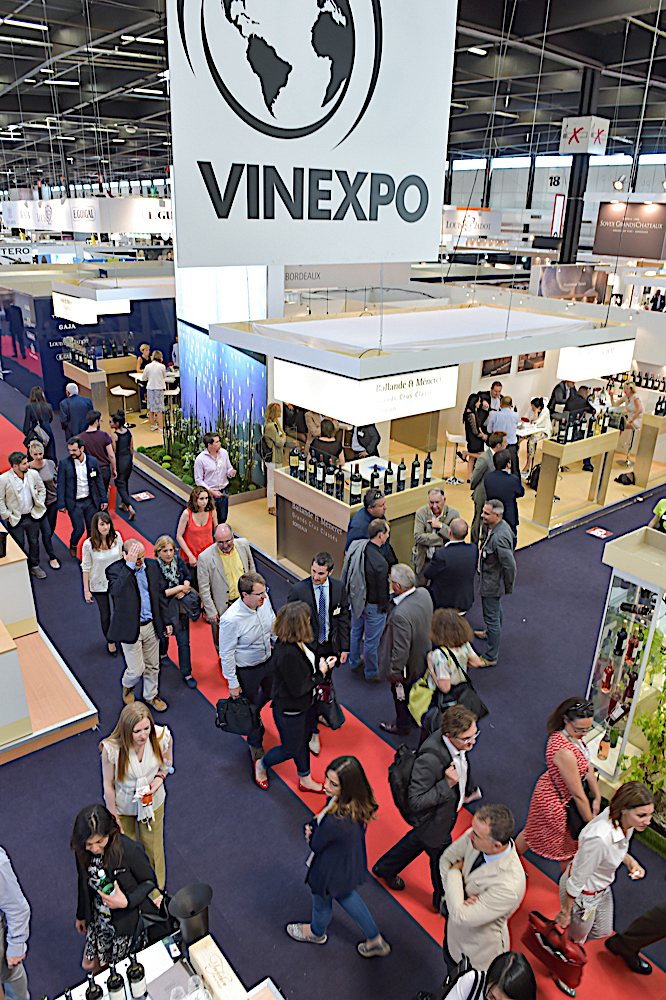 because the names were less
familiar. Who
was going to pay $50 or $60 for a Château Smith
Haut Lafitte (left)
when it doesn’t sound like the real McCoy,
Lafite-Rothschild?
because the names were less
familiar. Who
was going to pay $50 or $60 for a Château Smith
Haut Lafitte (left)
when it doesn’t sound like the real McCoy,
Lafite-Rothschild?
Things turned around—not
radically, but to a sure degree—when the euro
weakened and the global market became glutted,
leading Bordeaux vintners to drop their prices and
lesser appellations—spread over 7,375 château,
like Côtes de Bordeaux and Bordeaux Supérieur—
began shipping more selections to the U.S., where
they went into the wine shop bargain bins. This
has really resulted in a great boon to
Francophiles like myself, for never has there been
more variety available at such reasonable prices.
According to data to
be discussed in June at VINEXPO in Bordeaux, the industry’s premier
annual event, with regard to overall (not just
Bordeaux) wine sales:
• Premium wines expected to see the most growth in 2017.
• Spurred by a burgeoning wealthy class, China is projected to drive global consumption of still and sparkling wine to 2020, at a growth rate of 4.5 percent.
• Asia-Pacific is expected to be the key growth region in absolute volume terms, ahead of previous leader, the Americas.
• Still, the Americas will drive value growth (from $44 billion in 2016 to $49 billion in 2020), with the premium segment to see the most short-term gain.
 Over
dinner in New York, Xaviar de Eizaguirre
(left),
president and chairman of VINEXPO, confirmed
to me that while the U.S. is the largest consumer
of French red wine, China is indeed the market of
the future and had helped cushion the damage done
by the world-wide recession of 2008.
Over
dinner in New York, Xaviar de Eizaguirre
(left),
president and chairman of VINEXPO, confirmed
to me that while the U.S. is the largest consumer
of French red wine, China is indeed the market of
the future and had helped cushion the damage done
by the world-wide recession of 2008.
“At first the Chinese were
buying only the prestigious First Growths [of
Bordeaux],” he said. “But as of 2008 they began
buying up a lot of the Second through Fifth
Growths, too, and they even bought Bordeaux
estates and shipped their entire production of
wine back to China.”
He did note that the French, who
before World War II drank 150 liters of wine per
year per person, now consume only 50 liters. “Of
course, the pre-war consumption was largely plonk;
the French drink much better wine now, spending on
average five to six euros for a bottle.”
What’s more, improvement not only
in viticulture but in investment by new owners has
not just restored many lagging châteaux but
brought them to levels of quality they may never
have had.
More important, for those who
have not shown much interest in Bordeaux in the
past, now is the time to find out why, even in the
lesser appellations, they are such satisfying
alternatives to monster cabs out of Napa Valley,
fruit bomb pinot noirs out of Russian River
Valley, and sweet, grassy sauvignon blancs from
New Zealand, Spain and Washington state.
A good Bordeaux does not give
its charms away full frontal. Some
seem quite shy, restrained, even one-dimensional. But
they do taste like wines carefully blended by
tradition from several varietals—usually cabernet
sauvignon, cabernet franc, merlot, and
petit-verdot—in percentages that change each year
to achieve a consistency in the chateau’s style.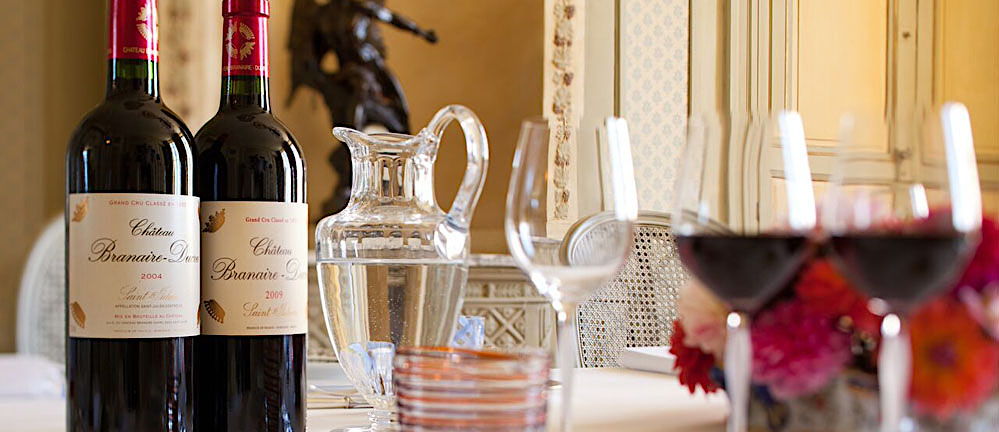
A
good Bordeaux goes well with myriad dishes,
although a marriage with seafood must not be
rushed into. They are wines one should uncork any
night of the week, for a dinner of roast chicken,
hamburgers, calf’s liver, veal stew, rack of lamb,
cassoulet. They
will rarely be the star of the evening, evoking
the “oohs” and “aahs” and absurd winespeak saved
for First Growths or California cult wines. They
don’t necessarily need long aging, but patience
can be a virtue. These are Bordeaux to be enjoyed,
not discussed ad nauseam. If
discussion is initiated, it is usually about the
new vintage.
This was evident at a recent
Wine Media Guild lunch in New York, where the
winemakers Patrick Maroteaux of Château
Brainaire-Ducru (a 4th Growth from Saint-Julien),
Fabien Teitgen of Smith Haute Lafitte (a Cru
Classe from Graves) and Eméline Borie of Grand Puy
Lacoste (a 5th Growth from Paullac) brought
various vintages of their wines and talked about
the 2016 vintage, which won’t be released for
years.
All three insisted 2016 will be
even a better year than 2015, which itself was
considered a very fine vintage. “The 2016 was not
an easy vintage,” said Teitgen, “because we had
frost in the spring, rain in June, various
problems in August.
It could have been a disaster. But
early autumn favored the grapes, and it has turned
out to be very good.”
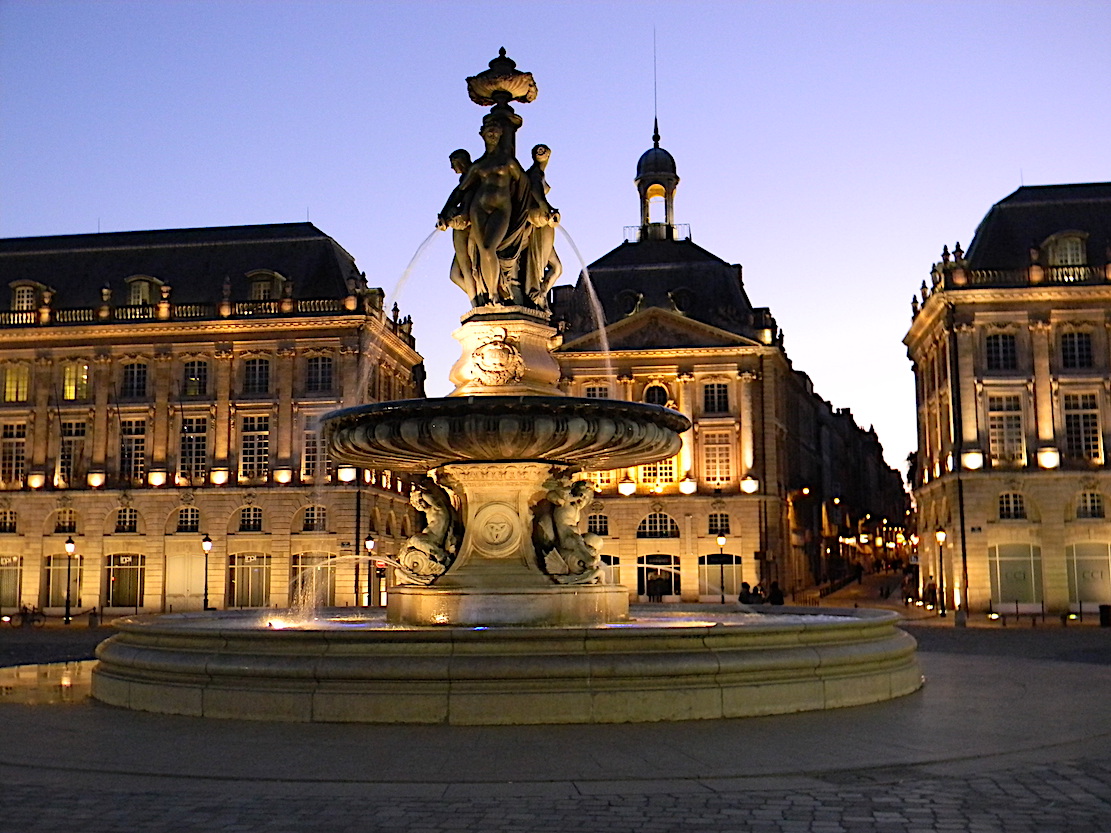 One
must always take such pronouncements with a degree
of skepticism, for it is extremely rare for
winemakers anywhere to denigrate a vintage. Instead,
they might describe a poor vintage as “classic,
with some very good individual wines made,” which
means it was not
a good year but that you might find some
exceptions; the hope is, by the time the vintage
is in the stores, years hence, buyers would forget
the bad years and only remember the really great
ones, which occur far more often than they used
to.
One
must always take such pronouncements with a degree
of skepticism, for it is extremely rare for
winemakers anywhere to denigrate a vintage. Instead,
they might describe a poor vintage as “classic,
with some very good individual wines made,” which
means it was not
a good year but that you might find some
exceptions; the hope is, by the time the vintage
is in the stores, years hence, buyers would forget
the bad years and only remember the really great
ones, which occur far more often than they used
to.
Almost all the wines tasted
that day were of very high quality—the vintages
carefully culled (though one bottle at our table
was corked).
Some of the wines, from 2009, 2010, and
2011 were still in their youth and hadn’t revealed
much beyond their fine breeding. But all
the bottles from 2000 were outstanding; the
Brainaire-Ducru (a 4th Growth Saint Julien) and
Smith Haut-Lafitte were bright and fleshy,
delicious on all points of the palate, strikingly
Bordeaux and not ever to be mistaken for anything
else. But
the Grand Puy Lacoste 2000 was magnificent, the
epitome of layered fruit, tamed tannins, lively
acids, and robust texture—this from a 17-year-old
red wine. And
when a decanted 1985 bottle of the same chateau
was gingerly poured, it revealed the undeniable
truth that, even without being a First Growth, a
fine Bordeaux is a remarkable experience, in its
bouquet, in its first sip, in the way it mingles
with food. In so many ways it seemed to
mirror the beauty of the city of Bordeaux itself (above),
stolid but elegant, classic but vibrant, and
convincing reason to become a Francophile.
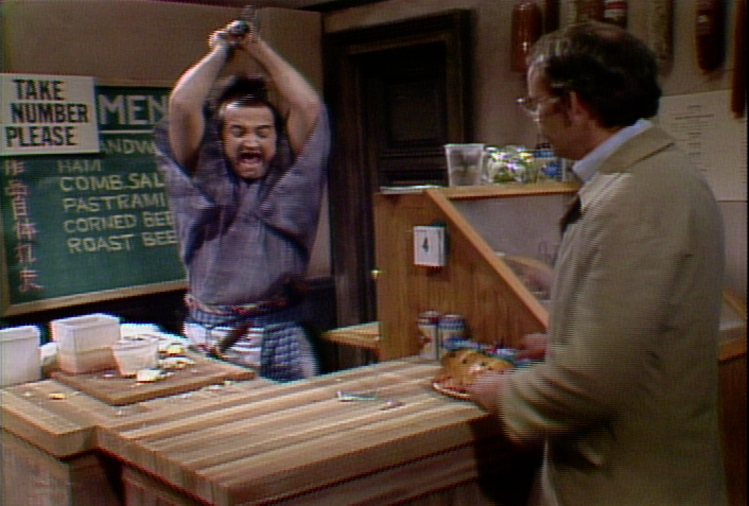
IN THAT
CASE, I'LL JUST
STICK
WITH THE SURIMI
WOULD HAVE
BOLTED FOR THE EXIT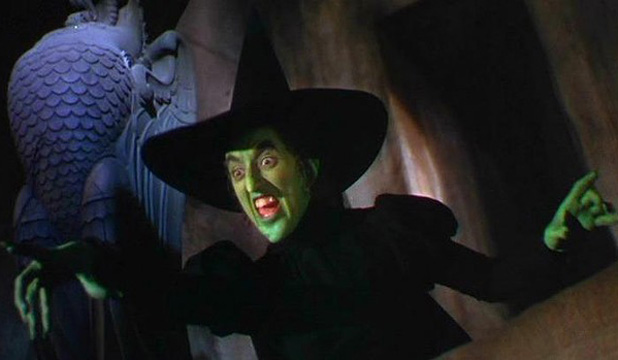
“As I walked
through the entryway of Little Frog, a large, modern and
vibrantly colored painting on the opposite wall caught
my attention. In the middle of the painting, a woman’s
dark eyes underneath a raised eyebrow stared down at me.
It was clear what the eyes would say if they could
speak: ‘Welcome, here you will find things you expect
and things you do not.’”-- Manhattan Sideways
(1/12/17)
Any of John Mariani's books below may be ordered from amazon.com.
 The
Hound in Heaven (21st Century Lion Books)
is a novella, and for anyone who loves dogs,
Christmas, romance, inspiration, even the supernatural, I
hope you'll find this to be a treasured favorite.
The story concerns how, after a New England teacher,
his wife and their two daughters adopt a stray puppy found
in their barn in northern Maine, their lives seem full of
promise. But when tragedy strikes, their wonderful dog
Lazarus and the spirit of Christmas are the only things
that may bring his master back from the edge of
despair.
The
Hound in Heaven (21st Century Lion Books)
is a novella, and for anyone who loves dogs,
Christmas, romance, inspiration, even the supernatural, I
hope you'll find this to be a treasured favorite.
The story concerns how, after a New England teacher,
his wife and their two daughters adopt a stray puppy found
in their barn in northern Maine, their lives seem full of
promise. But when tragedy strikes, their wonderful dog
Lazarus and the spirit of Christmas are the only things
that may bring his master back from the edge of
despair. WATCH THE VIDEO!
“What a huge surprise turn this story took! I was completely stunned! I truly enjoyed this book and its message.” – Actress Ali MacGraw
“He had me at Page One. The amount of heart, human insight, soul searching, and deft literary strength that John Mariani pours into this airtight novella is vertigo-inducing. Perhaps ‘wow’ would be the best comment.” – James Dalessandro, author of Bohemian Heart and 1906.
“John Mariani’s Hound in Heaven starts with a well-painted portrayal of an American family, along with the requisite dog. A surprise event flips the action of the novel and captures us for a voyage leading to a hopeful and heart-warming message. A page turning, one sitting read, it’s the perfect antidote for the winter and promotion of holiday celebration.” – Ann Pearlman, author of The Christmas Cookie Club and A Gift for my Sister.
“John Mariani’s concise, achingly beautiful novella pulls a literary rabbit out of a hat – a mash-up of the cosmic and the intimate, the tragic and the heart-warming – a Christmas tale for all ages, and all faiths. Read it to your children, read it to yourself… but read it. Early and often. Highly recommended.” – Jay Bonansinga, New York Times bestselling author of Pinkerton’s War, The Sinking of The Eastland, and The Walking Dead: The Road To Woodbury.
“Amazing things happen when you open your heart to an animal. The Hound in Heaven delivers a powerful story of healing that is forged in the spiritual relationship between a man and his best friend. The book brings a message of hope that can enrich our images of family, love, and loss.” – Dr. Barbara Royal, author of The Royal Treatment.
 |
The Encyclopedia of American Food and Drink by John F. Mariani (Bloomsbury USA, $35) Modesty forbids me to praise my own new book, but let me proudly say that it is an extensive revision of the 4th edition that appeared more than a decade ago, before locavores, molecular cuisine, modernist cuisine, the Food Network and so much more, now included. Word origins have been completely updated, as have per capita consumption and production stats. Most important, for the first time since publication in the 1980s, the book includes more than 100 biographies of Americans who have changed the way we cook, eat and drink -- from Fannie Farmer and Julia Child to Robert Mondavi and Thomas Keller. "This book is amazing! It has entries for everything from `abalone' to `zwieback,' plus more than 500 recipes for classic American dishes and drinks."--Devra First, The Boston Globe. "Much needed in any kitchen library."--Bon Appetit. |
"Eating Italian will never be the same after reading John Mariani's entertaining and savory gastronomical history of the cuisine of Italy and how it won over appetites worldwide. . . . This book is such a tasteful narrative that it will literally make you hungry for Italian food and arouse your appetite for gastronomical history."--Don Oldenburg, USA Today. "Italian
restaurants--some good, some glitzy--far
outnumber their French rivals. Many of
these establishments are zestfully described
in How Italian Food Conquered the World, an
entertaining and fact-filled chronicle by
food-and-wine correspondent John F.
Mariani."--Aram Bakshian Jr., Wall Street
Journal.
"Equal parts
history, sociology, gastronomy, and just
plain fun, How Italian Food Conquered the
World tells the captivating and delicious
story of the (let's face it) everybody's
favorite cuisine with clarity, verve and
more than one surprise."--Colman Andrews,
editorial director of The Daily
Meal.com. "A fantastic and fascinating
read, covering everything from the influence
of Venice's spice trade to the impact of
Italian immigrants in America and the
evolution of alta cucina. This book will
serve as a terrific resource to anyone
interested in the real story of Italian
food."--Mary Ann Esposito, host of PBS-TV's
Ciao
Italia. "John Mariani has written the
definitive history of how Italians won their
way into our hearts, minds, and
stomachs. It's a story of pleasure over
pomp and taste over technique."--Danny Meyer,
owner of NYC restaurants Union Square
Cafe, The Modern, and Maialino.
|
 |
 |
 |
 |
 |
 |
 |
 |
 Everett Potter's Travel Report:
Everett Potter's Travel Report: 
 Eating Las Vegas
JOHN CURTAS has been covering the Las Vegas
food and restaurant scene since 1995. He is
the co-author of EATING LAS VEGAS – The 50
Essential Restaurants (the fourth
edition of which will be published in early
2016), as well as the author of the Eating Las
Vegas web site: www.eatinglasvegas.
He can also be seen every Friday morning as
the “resident foodie” for Wake Up With the
Wagners on KSNV TV (NBC) Channel 3 in
Las Vegas.
Eating Las Vegas
JOHN CURTAS has been covering the Las Vegas
food and restaurant scene since 1995. He is
the co-author of EATING LAS VEGAS – The 50
Essential Restaurants (the fourth
edition of which will be published in early
2016), as well as the author of the Eating Las
Vegas web site: www.eatinglasvegas.
He can also be seen every Friday morning as
the “resident foodie” for Wake Up With the
Wagners on KSNV TV (NBC) Channel 3 in
Las Vegas.

MARIANI'S VIRTUAL GOURMET
NEWSLETTER is published weekly. Editor/Publisher: John
Mariani.
Editor: Walter Bagley. Contributing Writers: Christopher Mariani,
Robert Mariani, Misha Mariani, John A. Curtas, Geoff Kalish, Mort
Hochstein, and
Brian Freedman. Contributing Photographers: Galina
Dargery. Technical Advisor: Gerry McLoughlin.
To un-subscribe from this newsletter,click here.
© copyright John Mariani 2017

